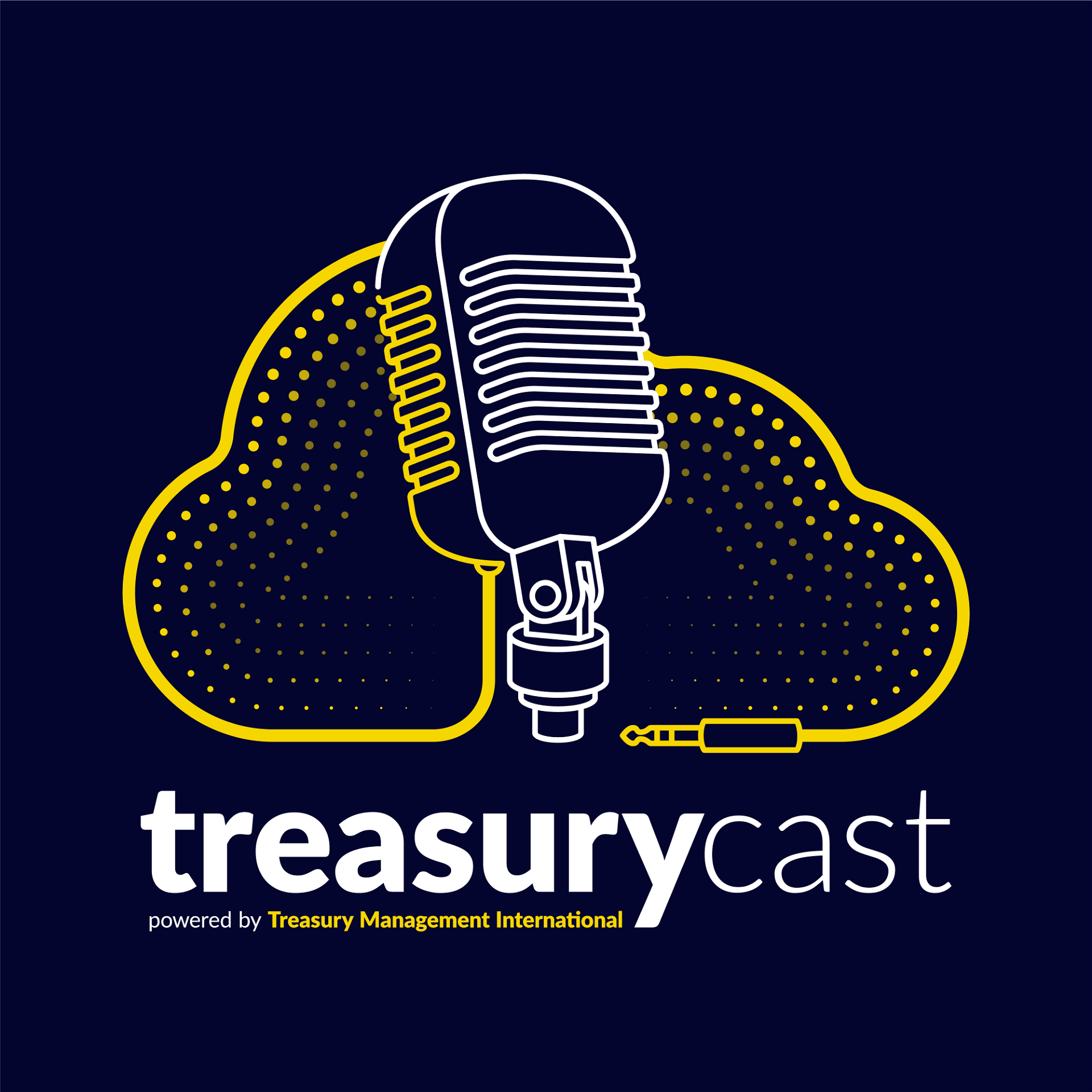Earlier this year, research showed that more than 200 of the Fortune Global 500 firms have a presence in Wuhan, the city that has become known for its alleged origination of the coronavirus. China’s role as the starting point of many supply chains means that any major disruption within the country has a knock on effect on global supply chains all over the world. Decentralisation of supply chains and the trade finance networks that fuel them can mitigate this risk and disruption.
The need to decentralise supply chains was recently recognised when trade ministers of Japan, India and Australia agreed to work towards achieving supply chain resilience, citing digitisation of trade procedures as part of their initiative.
Digital transformation is part of the solution to reducing the heavy reliance on specific cities and countries in order to protect against future pandemics, along with environmental and socio-economic disasters. Blockchain technology’s decentralised ledger could remove the risk of a central point of failure and in doing so, bring wider benefits to global trade finance networks.
State of play
Many of the processes and technologies underpinning trade finance have not been modernised in decades. The result is that those transactions continue to rely on paper-heavy processing, unsuitable for the current digital age. Traditional technology required corporates to log into multiple portals and juggle relationships and documentation for each shipment. In addition, businesses must navigate the growing threat of cyber-attacks, changing regulations, and ever-changing sanctions lists. Despite this complexity, cumbersome and time-consuming paper-based exchanges are still commonplace.
By digitising these manual processes and superseding ageing legacy systems, a technology such as blockchain has a real impact on reducing the costs, risks and delays to participants involved in trade finance. If applied effectively, the technology has the potential to unlock what the Asian Development Bank has identified as a potential $1.5tn opportunity in global trade finance. Companies of all sizes will benefit from better visibility into trading relationships and easier access to financing options, beyond point-to-point relationships, to a global network of trading parties.
Trade, on ledger
Blockchain’s integration across the financial services ecosystem has delivered some encouraging results so far. There is growing debate about how blockchain can provide solutions to solve many of the problems facing trade financing.
One such solution is real-time visibility, which is available via permissioned access to authorised network users, and gives buyers and sellers unprecedented transparency into the status of their transactions.
This single source of truth and use of smart contracts could remove a number of inefficiencies in the paper-heavy processes that exist in trade finance, such as negotiations of letters of credit. In addition, settlement finality removes the need for intermediaries to perform reconciliations. All of these applications could streamline the entire process.
Cross-industry digitisation
In order to move towards a truly digitised and connected ecosystem for trade finance, mass adoption on a global scale is essential. This elusive network effect can only be achieved if technology players prioritise forward-thinking and inclusive integration solutions that lower the barriers to entry for all types of companies involved in the trading process.
Like any piece of enterprise technology, blockchain will be most useful when used in conjunction with existing systems. The reality is that most businesses are not full digitally native and so will continue to rely on legacy systems – all to different extents – in the near future.
The key to unlocking blockchain’s true potential, therefore, is not to try and oust these but to make sure the technology fits into the right places, with minimal cost and disruption to a firm’s day-to-day business. Integration holds the key to rewiring the $8tn global trade finance market.
Although the dominance of any one country in global supply chains and their financing remains unknown, what is sure is that blockchain technology can bring untold benefits to existing trade networks. It can enable them to run more smoothly, quickly and efficiently and ensure that, when the world faces another crisis, there is no one centralised point of failure.

Amit Ghosh is the Head of Asia Pacific at R3 and leads the company’s strategy and operations in the region. Prior to R3, Amit held various senior business development and operations roles at Visa, PayPal & Hewlett Packard. He holds an MBA from Chicago Booth and a B.Tech (Chemical Engineering) from IIT-BHU.




